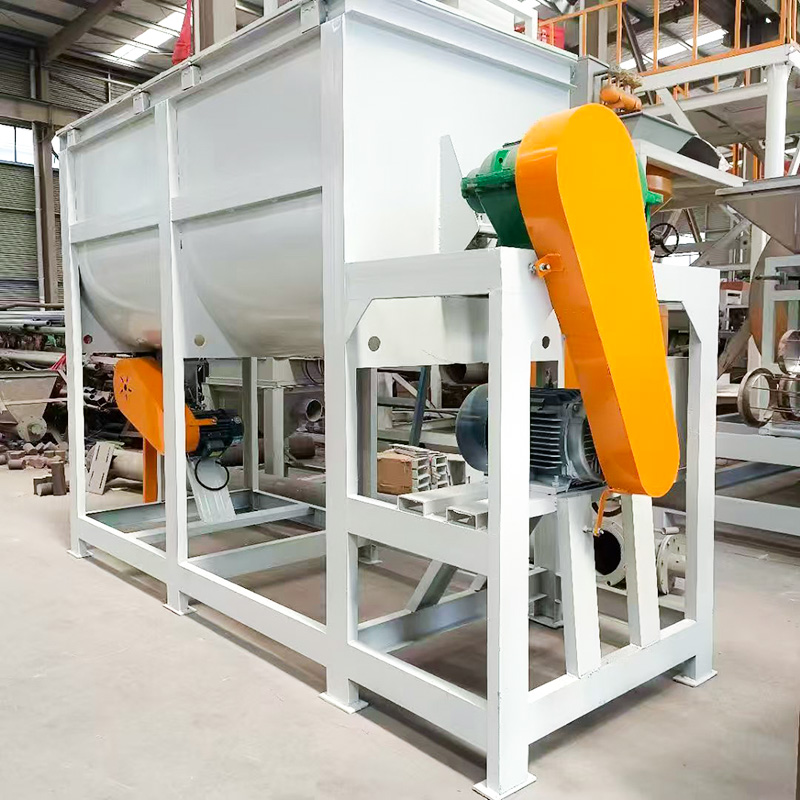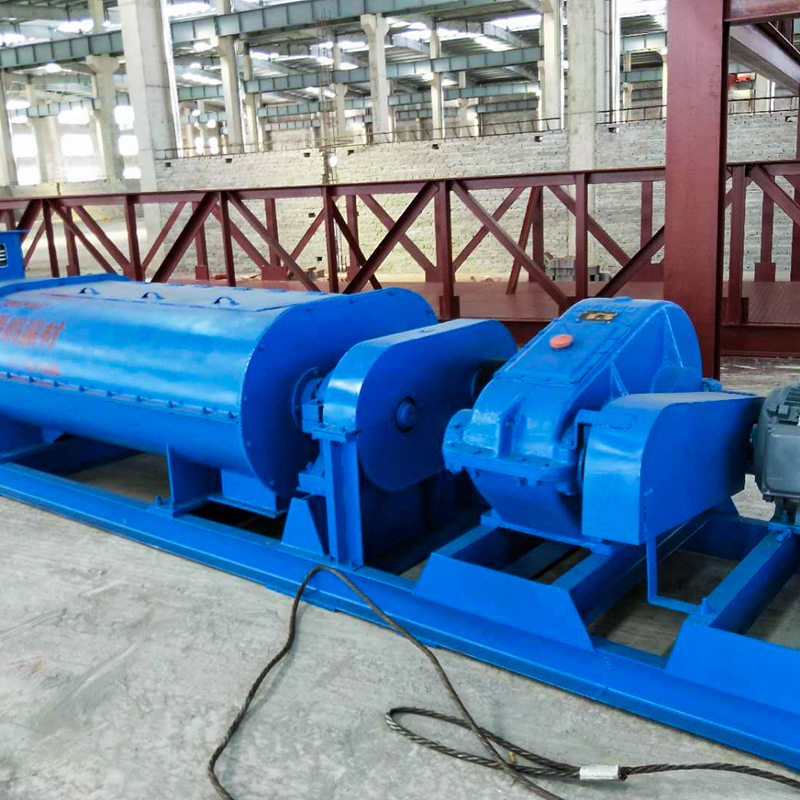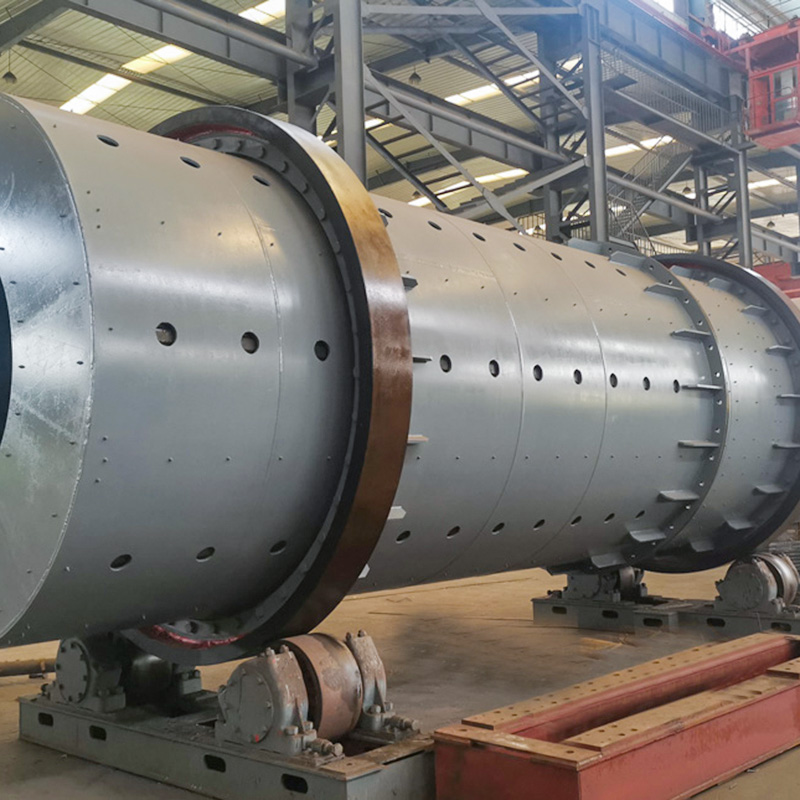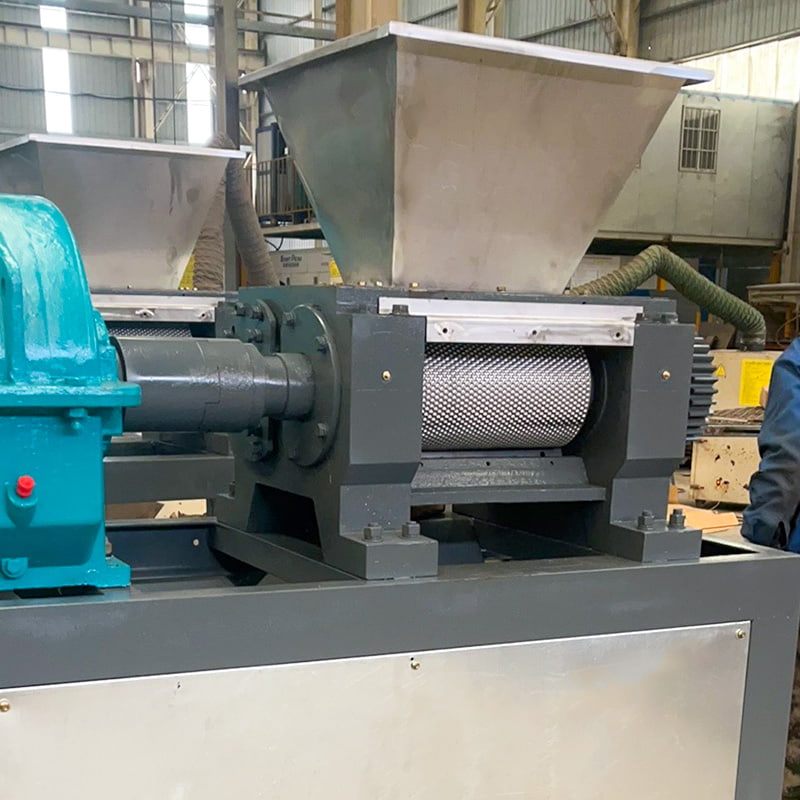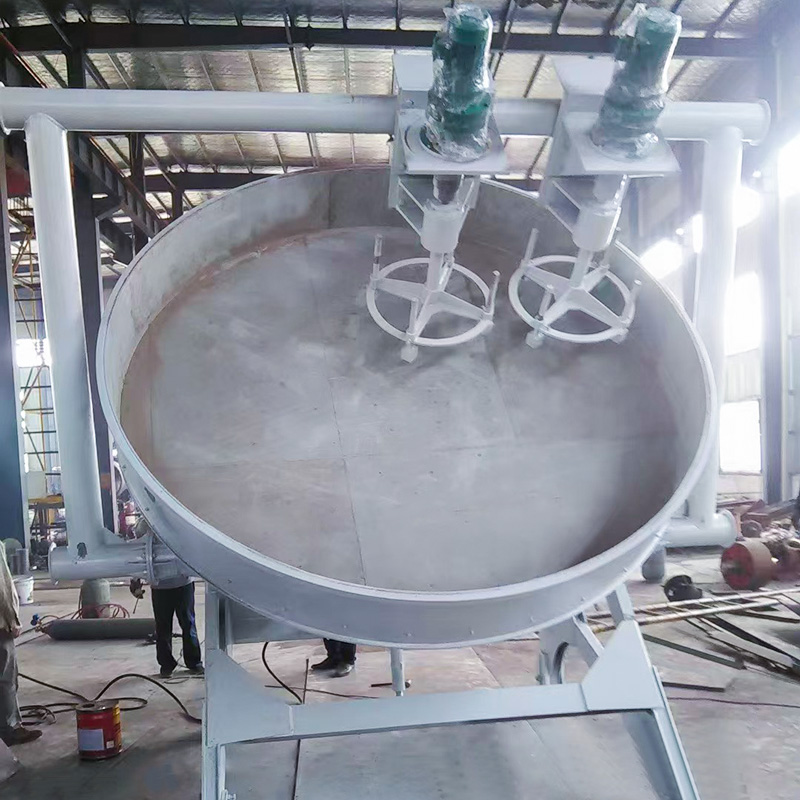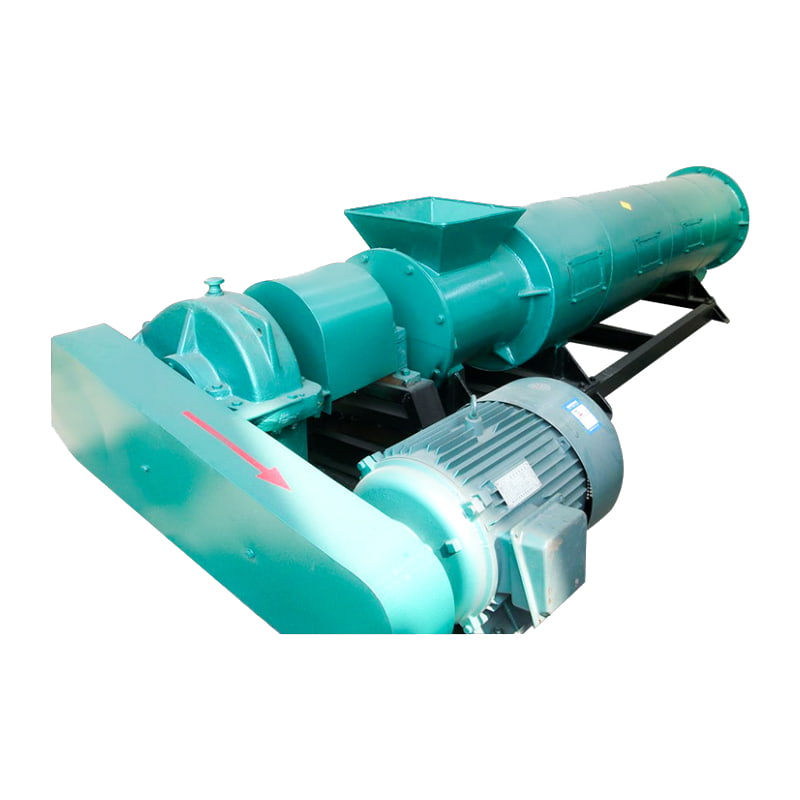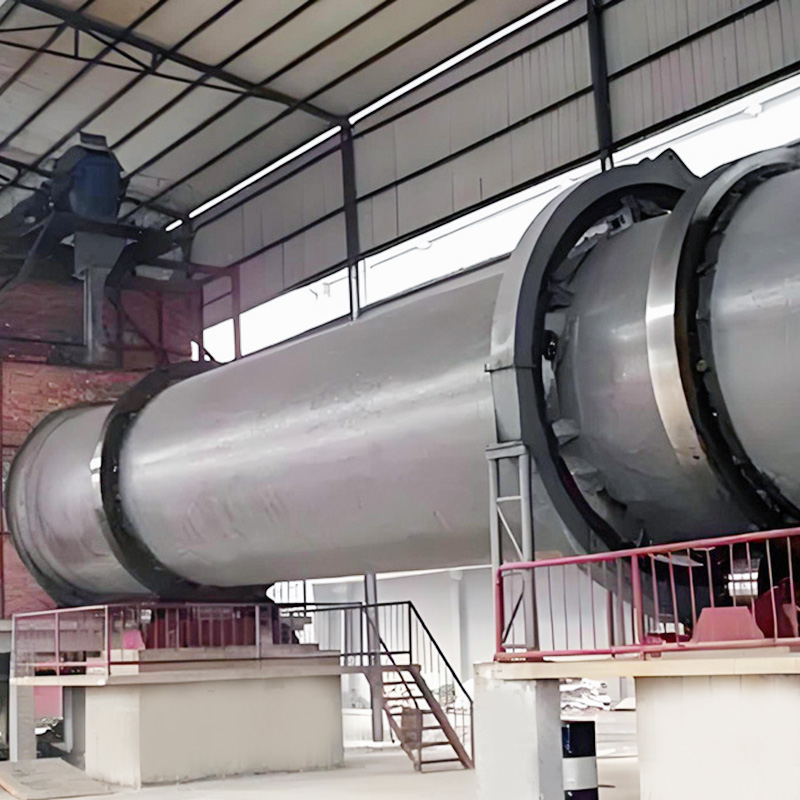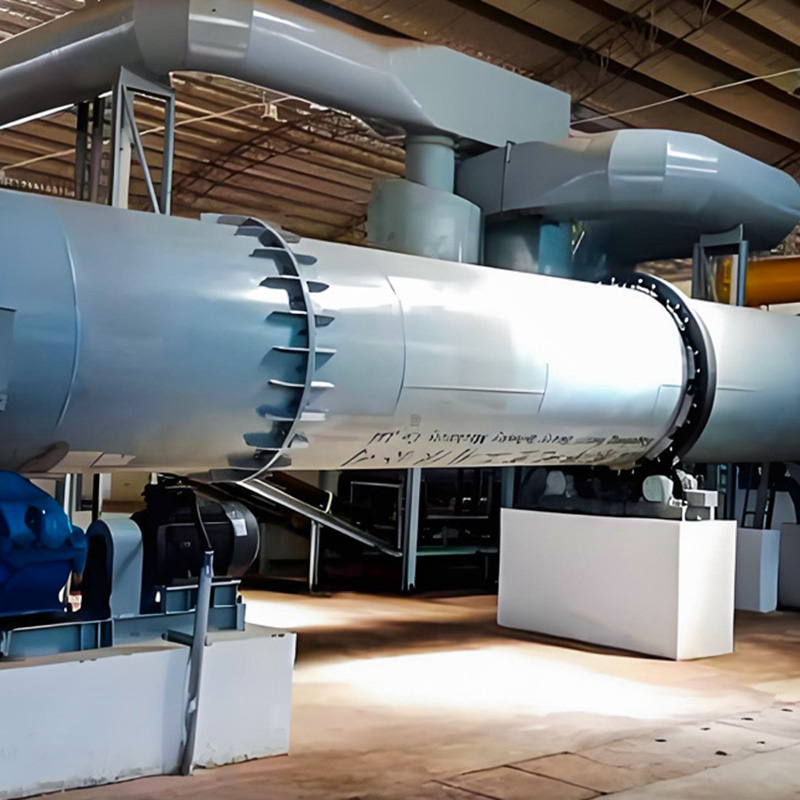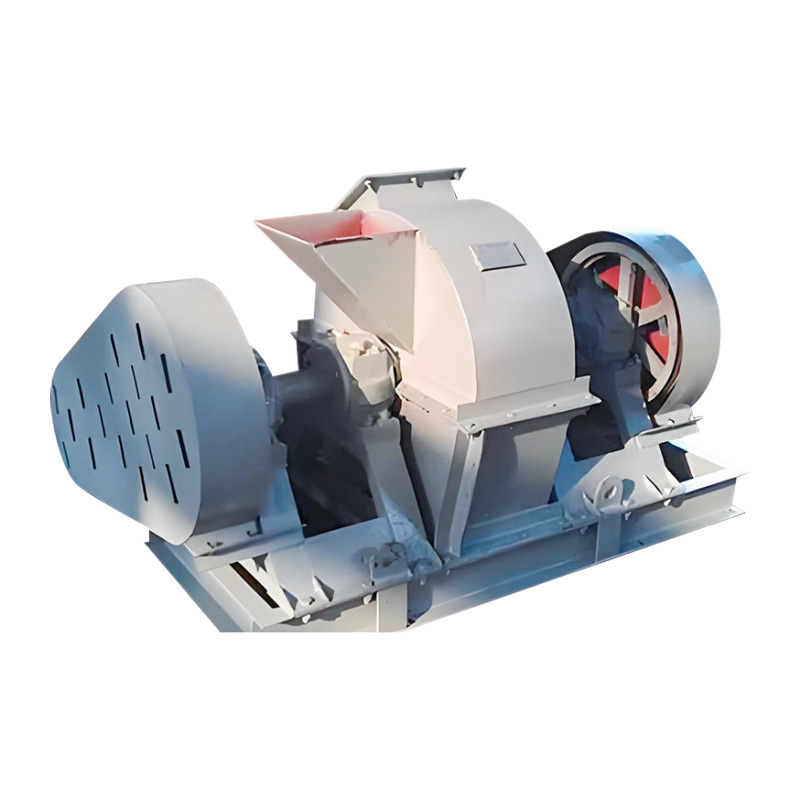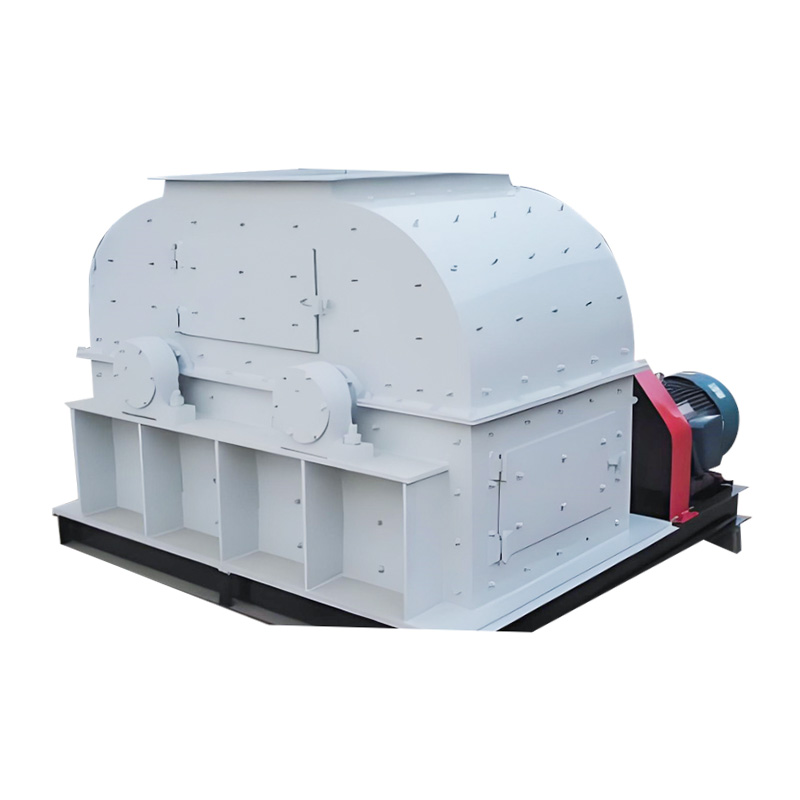Coal fired boilers in thermal power plants burn coal gangue with a certain proportion of particle size. The particle size of the coal in the coal mine is uneven, and most of the material particles in ...
READ MORECopper-Containing Sludge Sintering Machine
The principle of copper sludge drying and sintering is as follows: Dried sludge is uniformly mixed with pulverized coal and other raw materials, then formed into pellets of a certain diameter by a forming device. These pellets are fed into the kiln at a uniform rate through a feeding device and flow downward by gravity. Combustion air is pumped in from the bottom or sides, flowing upward through the spaces between the pellets and exchanging heat with their surfaces. Heat is provided by the pulverized coal fuel within the pellets, combined with the heat released during the reaction. This causes the pellets to be preheated, dehydrated, decomposed, sintered, and cooled from the outside in. The pellets are then discharged from the kiln bottom through a crushing and discharge device below the vertical kiln. The sintering process is generally divided into three stages: the top preheating zone, the calcining and sintering zone, and the cooling and discharge zone.
-
SPECIFICATIONS
-
CONTACT US
-
1. Top Preheating Zone
After entering the kiln, the formed pellets are heated by a stream of hot air from below, evaporating the moisture in the pellets and turning them into dry materials. Simultaneously, the temperature rises, and volatiles from the fuel are released and discharged from the kiln with the exhaust gases. Due to the evaporation of moisture and the release of volatiles, the pellets shrink and settle into the calcining and sintering zone.
2. Calcination and Sintering Zone
The material settles here, where the temperature rises further, gradually reaching around 1000°C. The pulverized coal in the material particles burns extensively, causing some to undergo a preliminary softening reaction into a liquid phase. The copper element in the material begins to reduce, providing an excellent supply of raw materials for the next smelting step.3. Cooling and Discharge Zone
After the materials undergo reduction and calcination, cold air blown in from the bottom rapidly cools the high-temperature reduced materials, ensuring the reduction of the elements. Simultaneously, the cooled hot air continues to rise, providing oxygen for sintering. The subsequent high-temperature exhaust gas dries the raw materials from the preheating zone, achieving full utilization of both top and bottom zones. After cooling, the sintered material possesses a moderate strength and can be lumped together. The turrets and tooth plates of the discharge kiln break the sintered material into small pieces for discharge. This sintered material is fully reduced, uniform in size, and moderately strong, which improves fuel consumption in the smelting process, speeds up smelting, and reduces energy consumption.
At this point, the raw materials complete the entire sintering process through mixing, forming, preheating, sintering, cooling, and discharge. The drying and sintering machine fully utilizes the characteristics of a vertical kiln, with materials flowing from top to bottom and air flowing from bottom to top, where they intersect to complete sintering. The process is simple to use, requires minimal investment, and delivers rapid results. It fully utilizes resources and reduces environmental pollution risks, and is currently being promoted and applied by many manufacturers.A new copper-containing sludge treatment process
The environmentally friendly vertical drying furnace is a new process for treating copper-containing sludge. It uses a vertical drying furnace for calcination and pre-reduction. The copper-containing sludge is mixed with a small amount of lime and anthracite powder in a suitable proportion, stirred evenly, and pelletized in a pelletizing device. The mixture then enters the vertical drying furnace for calcination and pre-reduction at approximately 1000°C to form agglomerates. The flue gas at the vertical drying furnace outlet is kept below 200°C, and the agglomerate discharge temperature is kept below 100°C. The agglomerates serve as charge for the smelting furnace.
The high-temperature smelting process employed for the comprehensive utilization of copper-containing electroplating sludge, while requiring high equipment investment, achieves a copper recovery rate exceeding 95%. The recovery method and process flow are simple, highly operational, and technically feasible. In practical use at multiple companies, vertical sintering machines have reduced total processing costs by approximately 30-40% compared to rotary dryers and brick-making processes.
Copper is a non-renewable resource, but my country's demand for copper raw materials has been growing in recent years. The economic benefits of copper production are significant, with a typical payback period of approximately two years, making this process economically viable.
The leaching concentration of heavy metals in the slag produced by this process is far below toxicity identification standards, making it suitable for use as auxiliary building materials or rust removal in shipyards without causing secondary pollution.
Effective flue gas treatment measures prevent environmental pollution, while the collected dust is comprehensively utilized, further recovering valuable resources. No wastewater is discharged during the process.
This process recycles copper-containing electroplating sludge, transforming waste into valuable resources, with significant environmental, economic, and social benefits.
-
Message Feedback
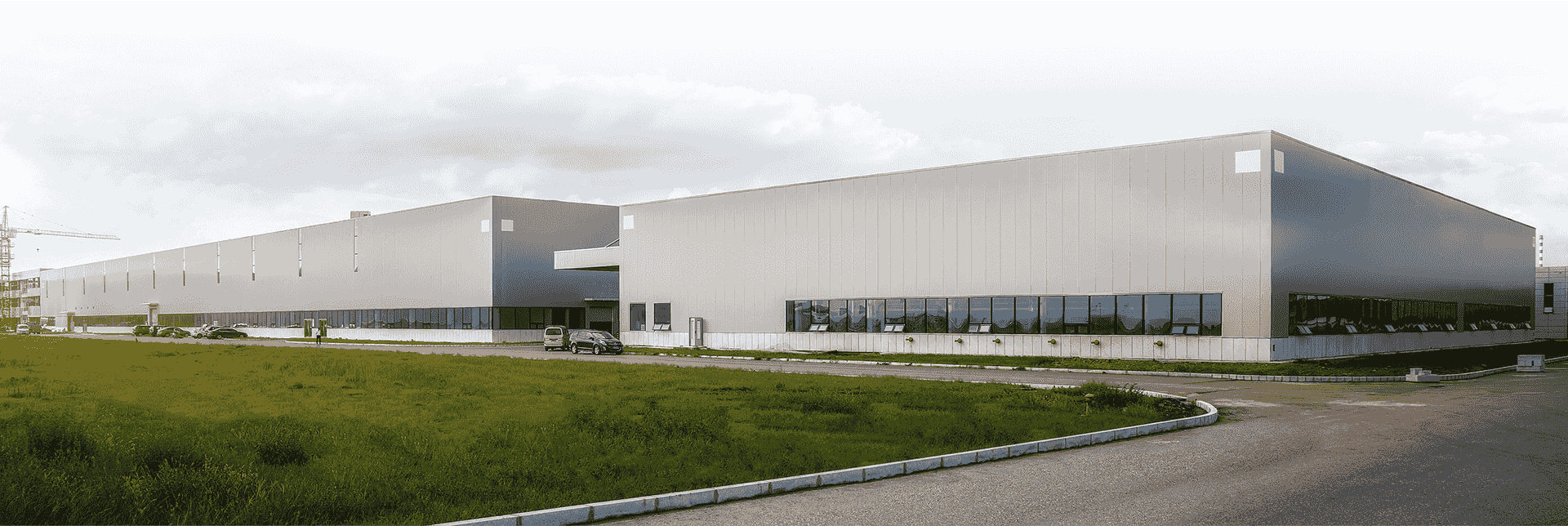
-
-
The grinder adopts a stepless speed control system, which can easily adjust the grinding speed suitable for grinding various components. Adopting an electric pneumatic proportional valve closed-loop f...
READ MORE -
In a significant stride towards bolstering agricultural productivity and sustainability, our company is proud to announce the launch of our state-of-the-art Compound Fertilizer Production Line. This i...
READ MORE

 En
En
 English
English  Français
Français  русский
русский  中文简体
中文简体  عربى
عربى  Español
Español 


